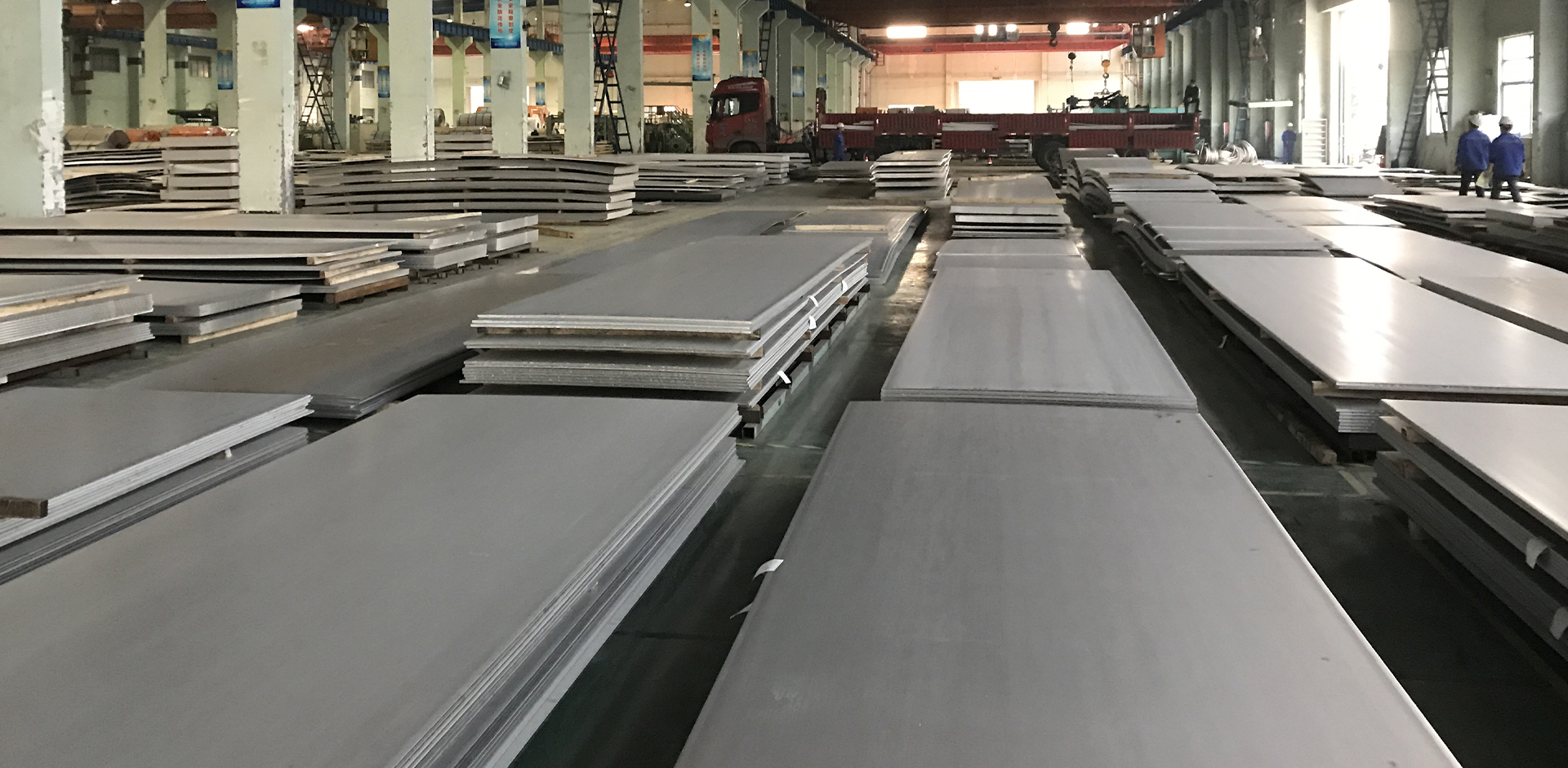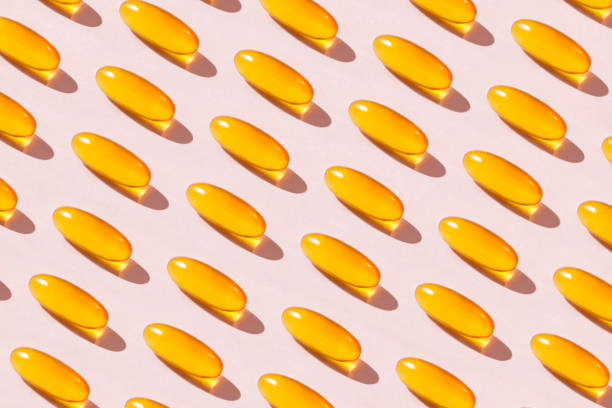316 stainless steel plates are widely used across various industries due to their excellent properties, including corrosion resistance, strength, and durability. Understanding the specifications of 316 stainless steel plates is crucial for selecting the right material for your application. Below is a comprehensive overview of the typical specifications for 316 stainless steel plates.
Chemical Composition
The chemical composition of 316 stainless steel is carefully balanced to provide its superior properties:
- Chromium (Cr): 16.0 – 18.0%
- Nickel (Ni): 10.0 – 14.0%
- Molybdenum (Mo): 2.0 – 3.0%
- Carbon (C): Max 0.08%
- Manganese (Mn): Max 2.0%
- Silicon (Si): Max 0.75%
- Phosphorus (P): Max 0.045%
- Sulfur (S): Max 0.03%
- Nitrogen (N): Max 0.10%
- Iron (Fe): Balance
Mechanical Properties
316 stainless steel plates possess impressive mechanical properties, making them suitable for various demanding applications:
- Tensile Strength: 515 MPa (75 ksi) minimum
- Yield Strength: 205 MPa (30 ksi) minimum
- Elongation: 40% minimum in 50 mm
- Hardness: Max 95 HRB (Rockwell B)
Physical Properties
The physical properties of 316 stainless steel contribute to its performance in different environments:
- Density: 8.0 g/cm³
- Melting Point: 1371 – 1399 °C (2500 – 2550 °F)
- Thermal Conductivity: 16.3 W/m·K at 100 °C
- Specific Heat: 0.50 J/g·°C
- Electrical Resistivity: 74 µΩ·cm at 20 °C
Standards and Certifications
316 stainless steel plates conform to various international standards, ensuring quality and consistency:
- ASTM A 240: Specification for Chromium and Chromium-Nickel Stainless Steel Plate, Sheet and Strip for Pressure Vessel and General Investment Uses
- ASME SA240: Plates for Pressure Vessels and General Intermediate Temperature Service
- EN 10088-2: Stainless Steels – Part 2: Technical Delivery Conditions for Sheet/Plate and Strip of Corrosion Resisting Steels for General Purposes
- JIS G4304: Standard specifications for cold rolled stainless steel plate, sheet and strip
Dimensions and Tolerances
316 stainless steel plates come in various dimensions and tolerances to suit different applications:
- Thickness Range: 0.5 mm to 100 mm
- Width Range: 1000 mm to 2000 mm
- Length Range: 2000 mm to 6000 mm
Tolerances:
- Thickness Tolerance: As per ASTM A480/A480M
- Width and Length Tolerance: As per customer requirements and standards
Surface Finishes
Different surface finishes are available for 316 stainless steel plates to meet aesthetic and functional requirements:
- No. 1: Hot Rolled, Annealed, and Pickled
- 2B: Cold Rolled, Annealed, Pickled, and Skin Passed
- No. 4: Brushed Finish
- BA (Bright Annealed): Smooth, bright finish with high reflectivity
- No. 8: Mirror Finish
Applications
316 stainless steel plates are used in a wide range of applications due to their outstanding properties:
- Marine Environments: Shipbuilding, boat fittings, and coastal structures
- Chemical Processing: Tanks, piping, and heat exchangers
- Medical Devices: Surgical instruments and implants
- Food Processing: Food-grade containers, equipment, and utensils
- Construction: Structural components and architectural elements
- Oil and Gas: Refinery equipment and offshore platforms
Conclusion
The 316 stainless steel plate is a versatile and durable material with excellent chemical, mechanical, and physical properties. Its resistance to corrosion, high strength, and availability in various dimensions and finishes make it an ideal choice for numerous industrial and commercial applications.



